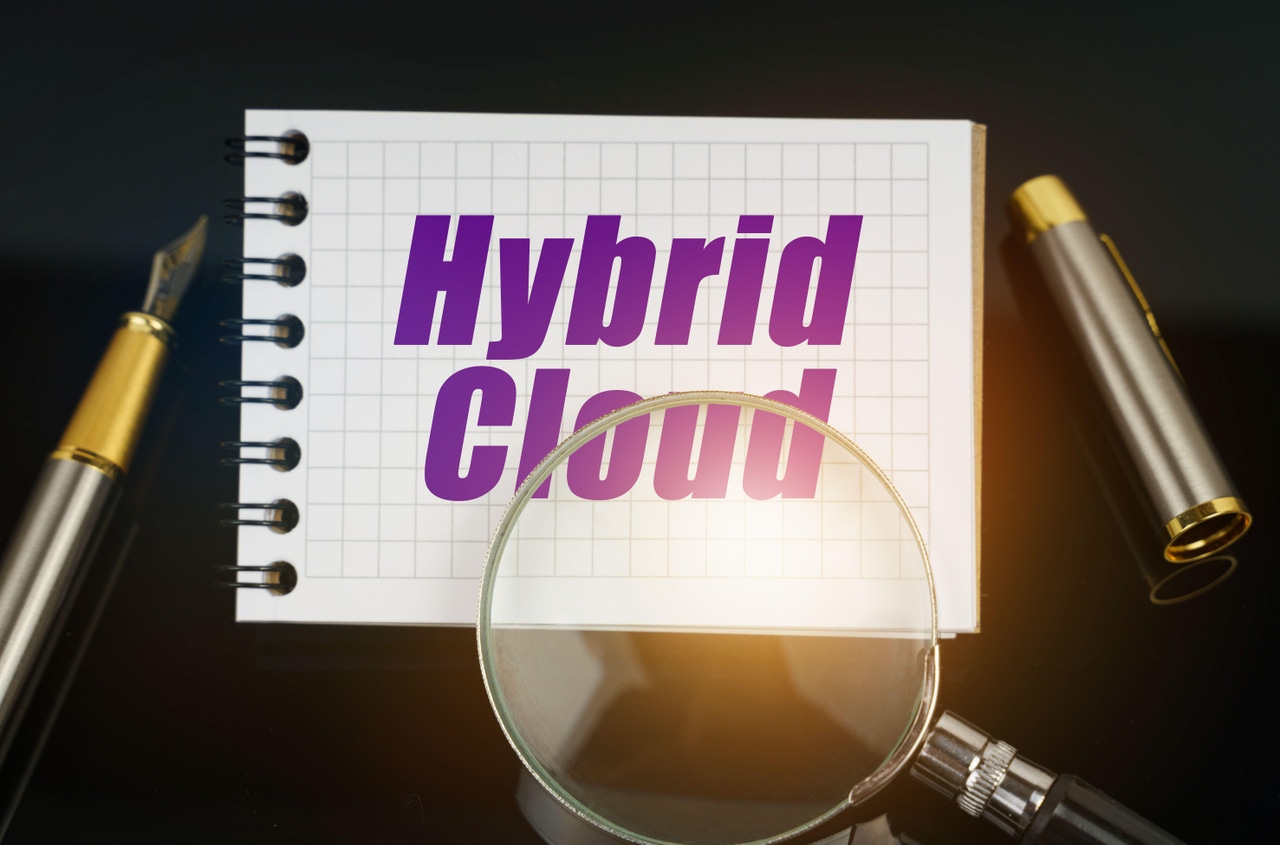Is the Hybrid Cloud the New Normal in 2024?
Not only is the hybrid cloud expected to remain the dominant model for the rest of this year, but it is poised to become a business necessity for many more.

In the modern day, cloud computing is no longer considered simply as "the Cloud" due to advancements in public and private clouds and, more recently, the creation of the hybrid cloud. In simple terms, the hybrid cloud combines the private cloud and the public cloud in a single IT infrastructure. If executed successfully, businesses are provided with short-term, cost-effective solutions and increased flexibility based on their specific needs.
Companies will adopt this method of cloud deployment for multiple reasons. However, a recent Vanguard report revealed that the main drivers behind hybrid cloud migration are improving operation scalability (50%), business innovation (46%), and migrating data across IT workloads (42%). Therefore, along with the rapid technological advancements of data and Artificial Intelligence (AI), the hybrid cloud is poised to play a key role in the future of IT infrastructure.
A Brief Look Back: History of the Cloud
The cloud has come a long way since its inception, moving away from a simple data storage solution. Its creation began as a result of traditional computing consuming significant amounts of power and physical space. Leading public cloud providers offered a cost-effective solution, allowing users to easily scale up or down based on demand. Meanwhile, due to security concerns and the introduction of data privacy laws, the private cloud emerged as a way for businesses to maintain strict control over their data.
In recent times, the hybrid cloud has emerged as the go-to option due to businesses' need to reduce costs and increase flexibility. However, in the early days of cloud computing, the hybrid cloud was often dismissed as an unnecessary step towards adopting the private cloud. However, with the advantages of the hybrid cloud becoming increasingly recognized, this method of cloud deployment is becoming the dominant model for many.
A New Era of Cloud Adoption
In an age of rapid technological advancements, businesses need to take action against overinvesting in temporary technologies and, instead, consider flexibility for the future. Hybrid cloud models could be the answer, as they provide short-term solutions to allocate public cloud resources in a business' private data center. Not only does this enable organizations to maintain tight control over data, but it also helps reduce costs as organizations don't have to invest heavily in infrastructure or resources when increasing or decreasing capacity.
Despite its benefits, the private cloud has come under criticism for not being scalable, but a hybrid approach enables businesses to increase their operations seamlessly. With a combination of public, private, and on-premise clouds, the hybrid cloud can enable data and application portability. The public cloud can send data to a private cloud or data-center-based app to leverage SaaS and connect as if they were all combined. As businesses don't invest all of their resources in one single cloud provider, companies also avoid a vendor lock-in.
Driving Hybrid Cloud Migration
Due to these clear advantages, the hybrid landscape is being increasingly integrated across different industries. Cisco reported that 82% of businesses are taking a hybrid approach, which is only expected to increase as companies continue their digital transformation strategies.
Recently, leading infrastructure solutions provider Broadcom bought VMware, which had substantial implications for business and IT professionals worldwide. As part of the acquisition, Broadcom terminated the free VMWare's ESXi hypervisor, a crucial complement of on-premise virtualization, and removed the one-time payment for the software license in favor of a subscription-based model. This resulted in a significant increase in licensing fees, placing financial strain on businesses that use VMware products. As a result of these changes, organizations will increasingly look towards a hybrid cloud model due to its flexible pricing and scalability.
The Future is Hybrid
The hybrid cloud provides a cost-effective solution for organizations to seamlessly adapt to business needs while maintaining control over data, ultimately allowing them to select the best environment for their IT operations. Due to these clear benefits, the vast majority of companies are adopting a hybrid approach, and only 8% of businesses are now using a single public cloud provider. In the coming years, we can expect to see an increase in hybrid cloud tools to ensure a seamless migration. Therefore, not only is the hybrid cloud expected to remain the dominant model for the rest of this year, but it is poised to become a business necessity for many more.
Related articles:
About the Author
You May Also Like




